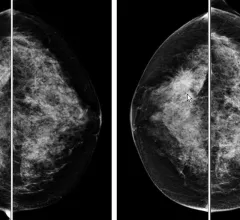Lantheus Holdings, parent company to Lantheus Medical Imaging, a global leader in developing, manufacturing, selling and distributing innovative diagnostic imaging agents, announced today that it has filed a registration statement on Form S-1 with the Securities and Exchange Commission relating to a proposed initial public offering of its common stock. Lantheus Holdings intends to apply to list its common stock on the NASDAQ Global under the ticker symbol "LNTH." The number of shares to be offered and the price range of the proposed offering have not yet been determined. Lantheus Holdings expects to use the net proceeds of the offering to repay indebtedness of LMI and for working capital and general corporate purposes.








